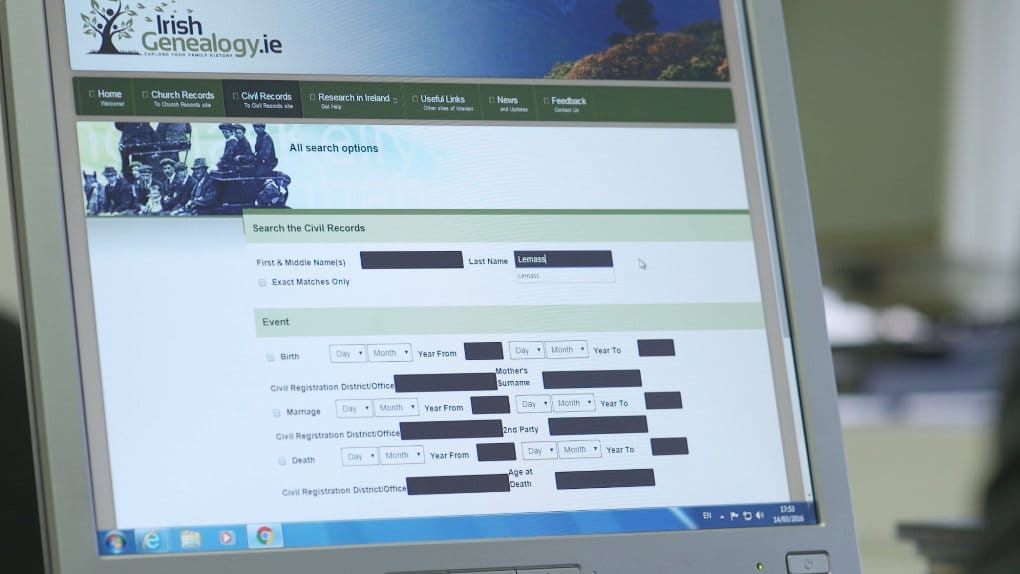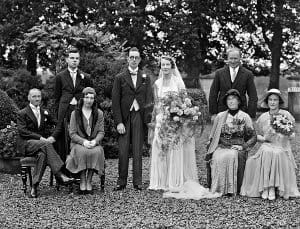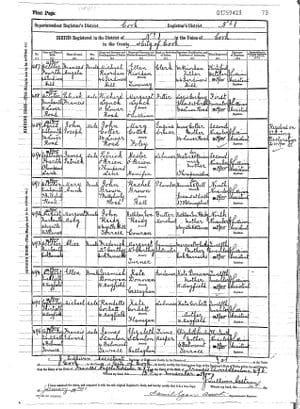
Civil Records
In the first half of the nineteenth century, the apparatus of state administration expanded greatly across what was then the United Kingdom of Great Britain and Ireland. Child labour was outlawed, civil service examinations were instituted and the supervision of inheritance moved from the church to the civil service, among other changes.
One result was that citizens needed some official way to prove their identity, age and marital status when dealing with official bodies. So full registration of births, marriages and deaths was introduced in 1837 in England and Wales and in 1855 in Scotland.
When the system started in Ireland and how it worked
In Ireland the registration of non-Roman Catholic marriages began in 1845, but the full registration system only came into operation in 1864. From then on, in theory at least, there was a legal obligation, enforced by fines, to register all births deaths and marriage with a local registrar within a short period after the event.
What information is collected
From 1864 to 2004, the same items of information were recorded for each of the three events.
Births:
- Name, sex, date and place of birth;
- Name, surname, occupation and address of the father;
- Name, 'maiden surname' and address of the mother.
There was no legal obligation to register a first name, though the vast majority did.
Deaths:
- Full name, occupation, date, place and cause of death of the deceased;
- Age at death of the deceased;
- Person registering the death and their 'qualification' (for example, 'present at death').
There was no obligation to register any family relationships, but the person registering the birth was very often related, and specified the relationship ('wife' or 'daughter', for example).
Marriages: For each of the individuals marrying:
- Full names, ages, marital status, occupations, addresses at the time of the marriage, fathers' names and fathers' occupations; of the three events, the most useful for genealogy is a marriage record, since it records the fathers' names on both sides.

Poor Law Unions and Registration Districts
The geographical areas used to collect civil registrations were (and still are) based on the old Poor Law Unions. Each Union was a district with a workhouse at its centre, usually situated in a large market town. From 1838 on, these workhouses were responsible for providing the barest of minimal support to the most destitute in their Union.
When the registration system started in 1864, it used the already-existing framework of the Poor Law Unions to subdivide Ireland into Superintendent Registrar's Districts, identical to the Unions. Each SRD was headed by a Superintendent Registrar and subdivided in turn into a number of local districts, run by a registrar who was answerable to the Superintendent.
The local registrars collected birth, marriage and death registrations in pre-printed volumes, just adding each event chronologically as it was registered. When a volume was full, they passed it to the Superintendent. He then had a copy made, sent that copy to his head office, the General Register Office in Dublin, and held on to the local registrar's copy.

